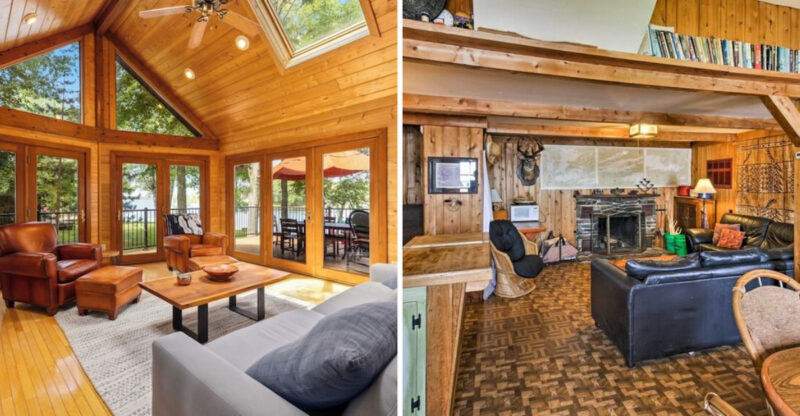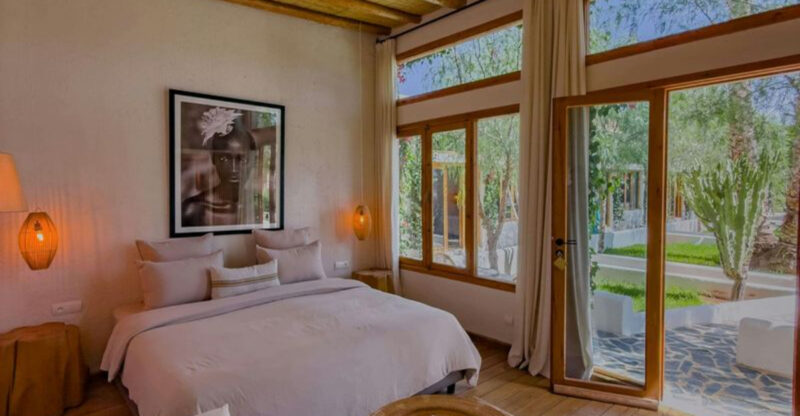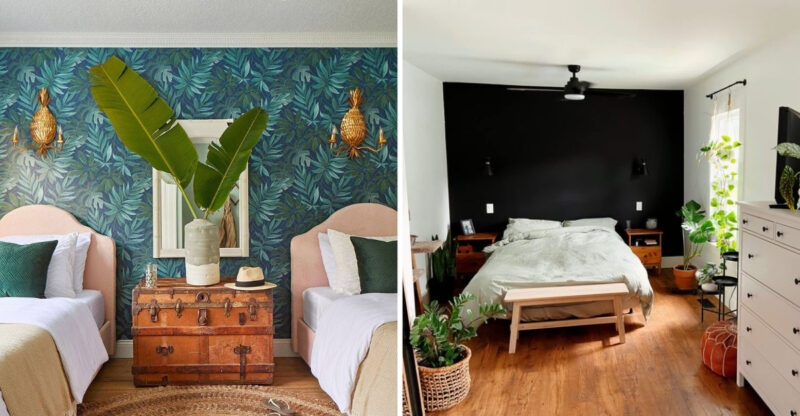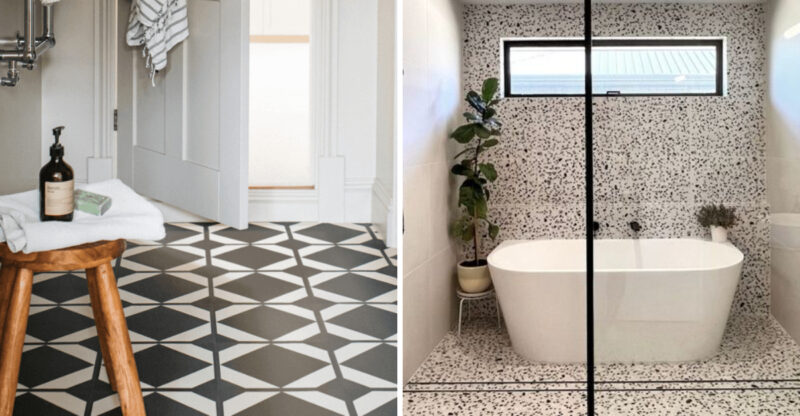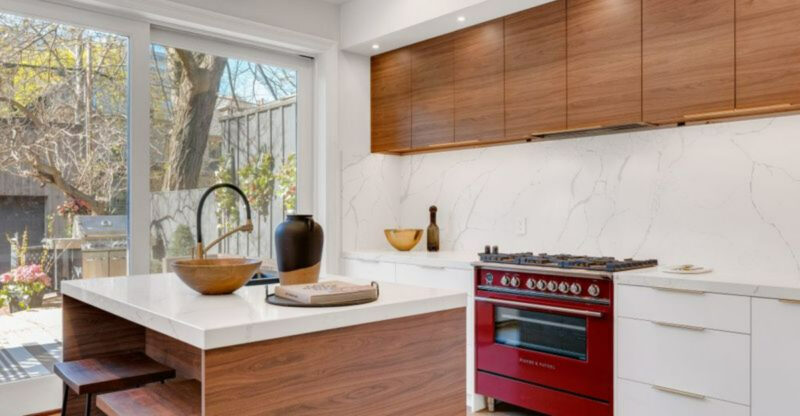The Dining Room May Be Returning In More Modern Design Plans
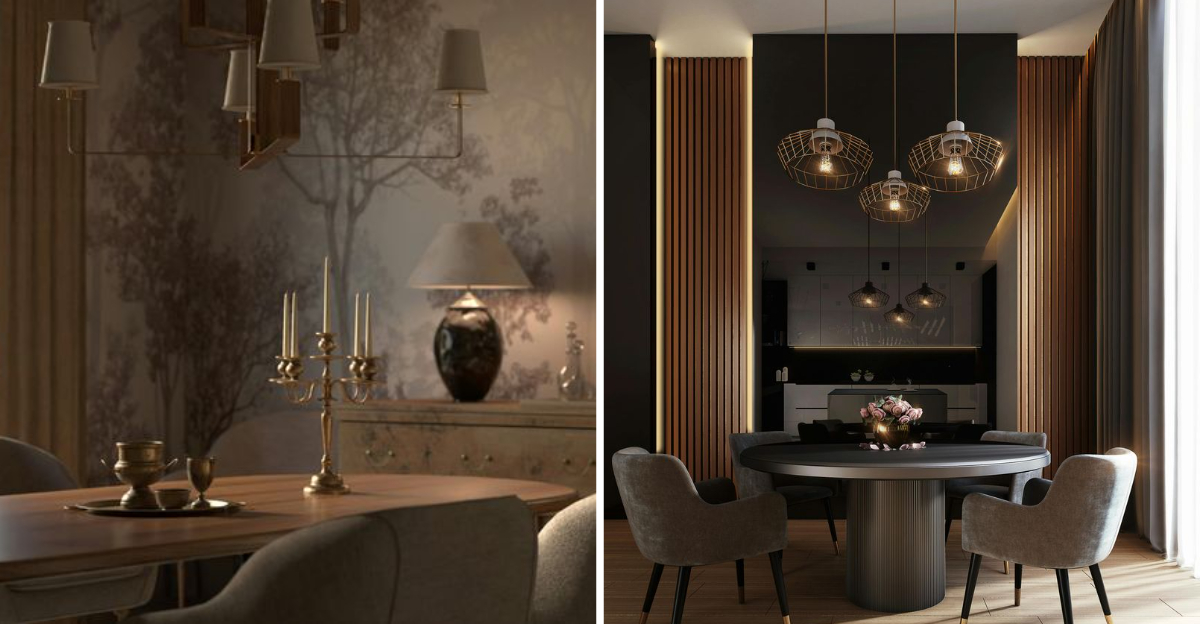
Walls once came down to create open, flowing spaces, but many homeowners are rethinking that approach. The dining room, once seen as outdated, is being reimagined for modern living.
Families are finding comfort in having a dedicated space that brings everyone together, offering a sense of intimacy and style that wide-open layouts often miss.
This article is for informational and editorial purposes only. It reflects general design trends and observations and is not intended as professional architectural or interior design advice.
1. The Revival Of The Formal Dining Room
After years of open-concept dominance, Formal dining rooms are seeing renewed interest. Many homeowners are showing interest in defined spaces that offer a sense of occasion and separation from everyday activities.
Recent years highlighted our need for dedicated spaces that serve specific purposes. Having a room solely for dining creates natural boundaries between work, relaxation, and mealtime.
2. Multifunctionality: Dining Rooms That Work For Everyday Life
Today’s dining rooms double as work-from-home spaces, homework stations, or creative zones during non-meal hours. Smart storage solutions hide office supplies and projects when dinner is served.
Flexible furniture makes this dual-purpose approach possible. Expandable tables, comfortable chairs with proper back support, and adjustable lighting create spaces that transition seamlessly between functions.
3. Trends Driving The Return
Social media appears to have contributed to renewed interest in tablescaping and formal entertaining. Platforms like Instagram and Pinterest showcase beautifully set tables and dining room designs that inspire homeowners to experiment with their own dining room designs.
Food culture has evolved too. With more people cooking elaborate meals at home, there’s renewed appreciation for a proper setting to enjoy these culinary efforts.
4. Enhanced Design Features In Dining Rooms
Statement lighting is increasingly considered an important element in dining room design. Dramatic chandeliers or pendant arrangements may serve as a focal point and help set the mood for social gatherings.
Bold wall treatments are making a comeback too. Wallpaper, wainscoting, accent colors, or decorative moldings add character that’s often missing in open-concept spaces. These design elements help define the dining area as a special destination within the home.
5. The Move Toward Defined Dining Spaces In New Builds
Architects report increasing requests for separate dining rooms in new home plans. Buyers are pushing back against completely open layouts, preferring some visual separation between kitchen and dining areas.
Semi-open concepts are gaining popularity – think partial walls, glass partitions, or architectural details that define the dining space without completely closing it off from adjacent rooms.
6. Combining Old And New For Stylish Dining Spaces
Modern dining rooms often blend heirloom pieces with contemporary elements. An inherited china cabinet might stand alongside sleek, modern chairs for an eclectic look that tells a family story.
Technology integration happens subtly in these spaces. Hidden speakers, smart lighting, and charging stations accommodate modern needs while preserving the room’s primary purpose as a place for connection and conversation.

